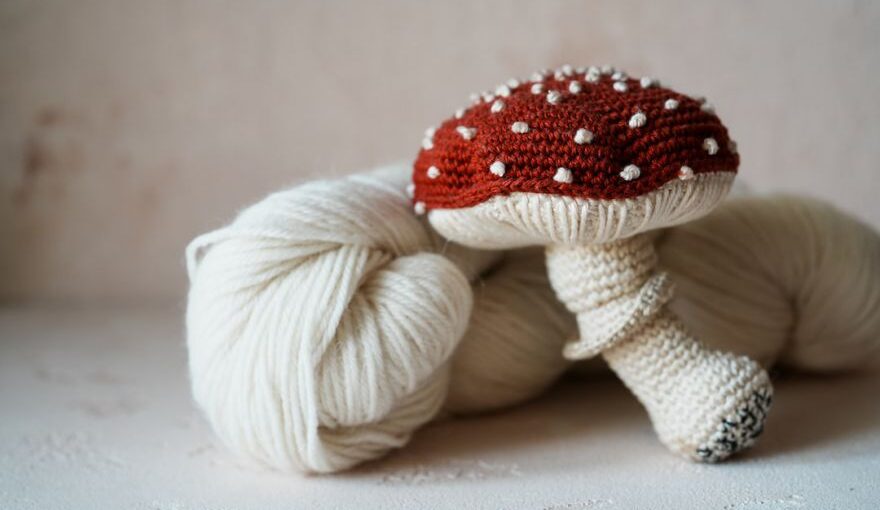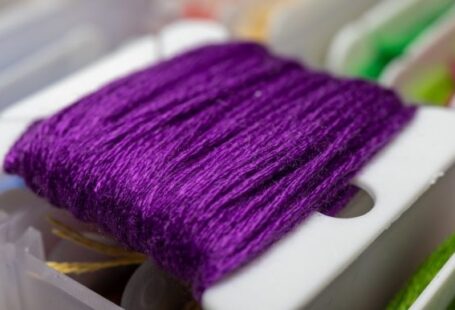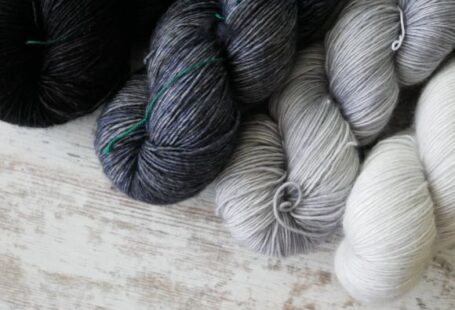Dyeing your own yarn can be a rewarding and creative process. Not only does it allow you to personalize your projects, but it also opens up a world of possibilities in terms of color combinations and effects. Whether you’re an experienced dyer or a beginner looking to try something new, this article will guide you through the tools and techniques you’ll need to get started.
Choosing the Right Tools
Before you begin dyeing your yarn, it’s important to have the right tools on hand. Here are some essentials:
1. Dye: There are various types of dyes available, including acid dyes, natural dyes, and fiber reactive dyes. Each type has its own unique properties, so it’s important to choose the one that best suits your needs and preferences.
2. Yarn: Any type of yarn can be dyed, but natural fibers like wool and cotton tend to absorb color more effectively. Make sure your yarn is clean and free from any oils or residue before dyeing.
3. Dyeing equipment: You’ll need a large pot or dyeing pan to heat the dye, as well as a thermometer to monitor the temperature. Other useful tools include measuring cups, spoons, and a stirring rod.
4. Safety gear: Dyeing can involve working with chemicals, so it’s important to protect yourself. Wear gloves, safety goggles, and an apron to prevent any potential accidents.
Preparing Your Yarn
Before you can dye your yarn, it’s important to prepare it properly. Here’s how:
1. Soaking: Start by soaking your yarn in warm water to remove any lingering dirt or oils. This will also help the yarn absorb the dye more evenly.
2. Pre-mordanting: Depending on the type of dye you’re using, you may need to pre-mordant your yarn. Mordants help the dye bond to the fibers, resulting in more vibrant and long-lasting colors. Common mordants include alum, copper, and iron.
Dyeing Techniques
Now that you have your tools and prepared yarn, it’s time to explore different dyeing techniques. Here are a few popular methods to try:
1. Solid color dyeing: This is the simplest technique, where you immerse your yarn in a single color dye bath. Start by adding the dye to your pot, following the manufacturer’s instructions for the correct dye-to-water ratio. Heat the mixture to the desired temperature, then add your yarn and let it simmer until the desired color is achieved.
2. Hand-painting: Hand-painting allows for more creativity and control over the final result. Simply lay your yarn flat on a surface and use a brush or sponge to apply the dye directly onto the yarn. You can create patterns, gradients, or even abstract designs.
3. Dip-dyeing: Dip-dyeing involves submerging only a portion of your yarn into the dye bath, resulting in a gradient effect. Start by dipping one end of your yarn into the dye, then gradually lower it further into the pot. This technique is great for creating ombre or variegated effects.
4. Resist dyeing: With resist dyeing, you can create unique patterns and designs by using materials to block the dye from certain areas of the yarn. Popular resist techniques include tie-dye, shibori, and batik.
Experiment and Enjoy!
The art of dyeing your own yarn is all about experimentation and enjoying the process. Don’t be afraid to try different color combinations, techniques, and even unconventional materials. Keep a record of your dye recipes and techniques, so you can recreate your favorite results in the future.
Remember, the beauty of hand-dyed yarn lies in its uniqueness. Each skein tells a story and adds a personal touch to your knitting or crochet projects. So, grab your tools, unleash your creativity, and start dyeing your own yarn today!





